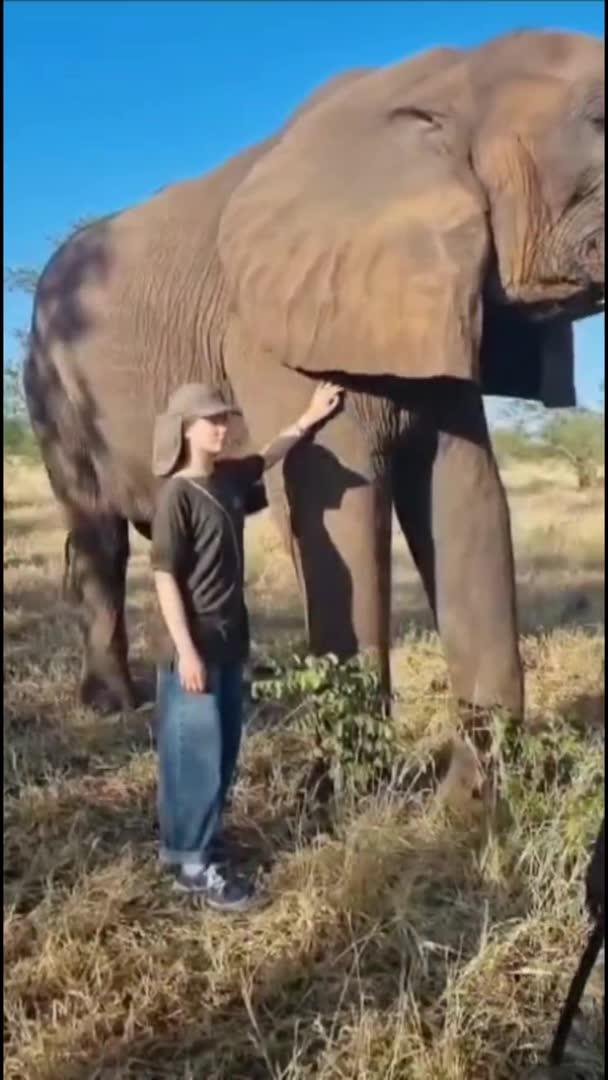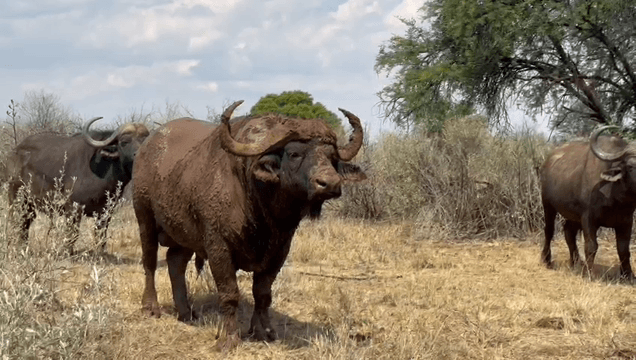
Hunting in Dodoma, Tanzania: Laws and Demographics, Seasons and Clubs, Tanzanian Communities for Hunters Hunting Features in the Dodoma Region of Tanzania Dodoma, the political capital of Tanzania, offers hunters a unique blend of wilderness, cultural depth, and challenging terrains. Although better known for its government institutions, the region hides incredible hunting grounds, particularly within the Swaga Swaga Game Reserve, one of Tanzania’s emerging wildlife destinations. Geography and Natural Features in Dodoma Region The Dodoma Region lies in central Tanzania, characterized by a vast expanse of rolling hills, open plains, and scattered woodlands. The semi-arid climate shapes its landscape, with temperatures fluctuating between 22°C and 30°C and an annual rainy season from November to April. During the dry season, which stretches from May to October, visibility improves dramatically, making it a prime time for hunting expeditions. The Swaga Swaga Game Reserve stands out
Post: 8 July 14:03
















































